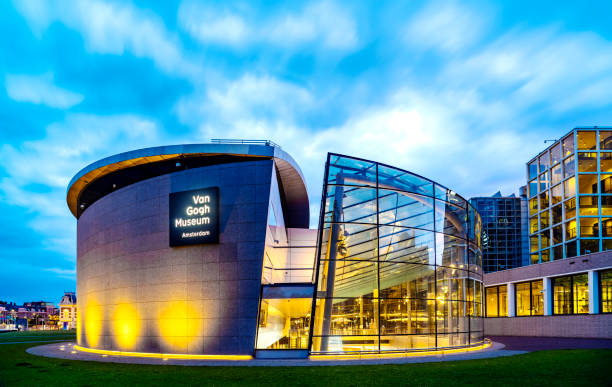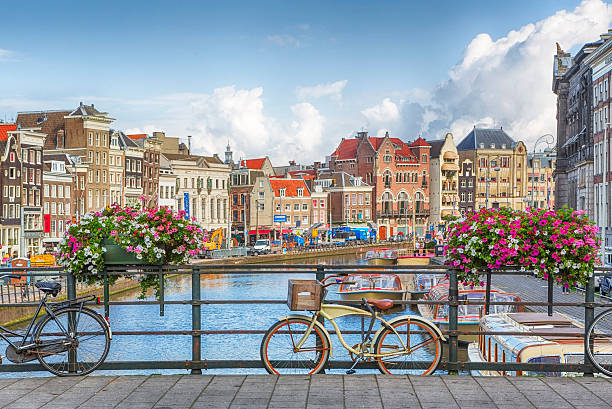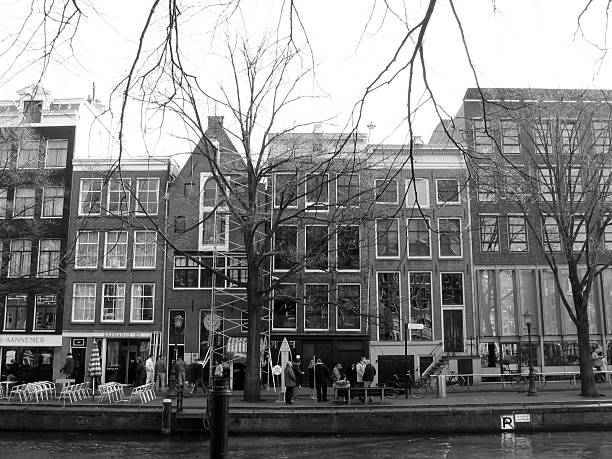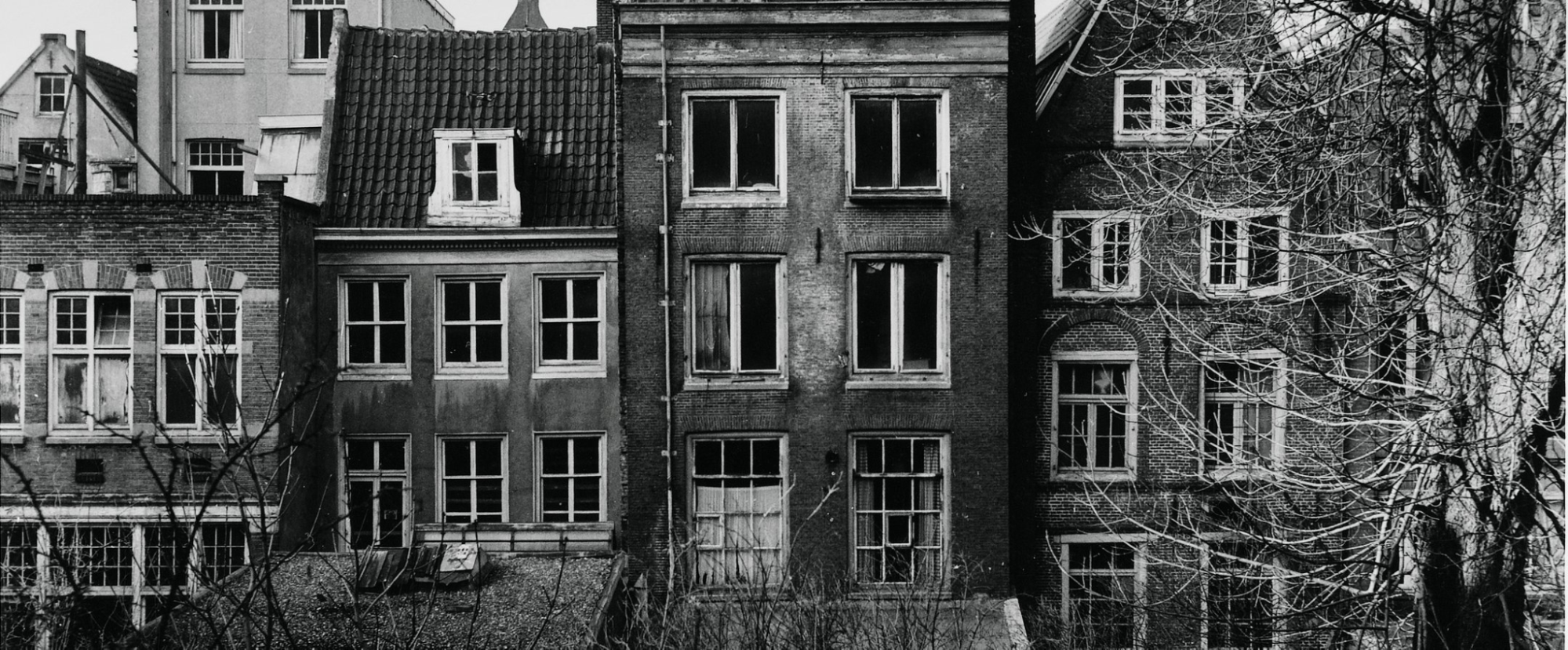Introduction
Amsterdam’s past is rich and colorful. The city’s history began in the 12th century when fishermen from the Amstel River region constructed a bridge to span the waterway close to the IJ, which at the time was a sizable saltwater inlet. Rising IJ waters frequently flooded the early settlement, but wooden locks under the bridge acted as a dam to protect the village. The Amstel River’s mouth, where the Damrak currently stands, created a natural harbor that was crucial for trade and exchange between larger judgeships and smaller ships that transported goods farther into the hinterland.
The earliest known record of the settlement of “Aemstelredamme” (Amsterdam), or the “dam in the river Amstel,” dates from October 27, 1275 CE. Count Floris V exempted the village’s residents from paying a bridge toll in the County of Holland through this document.
Interesting Facts
- One of the most significant aspects that contributed to Amsterdam’s economic prowess and global footprint during the Golden Age was its trade background.
- Its canals, stock exchange building, and privative courtyards are used to demonstrate the city’s great trade history as well as others of its historical importance.
- Benefitting from its financial solvency and the role of Amsterdam as a center for the Dutch colonial empire, it became among some of the wealthiest cities in the 17th century.
- The city is famous for its historic landmarks and canals, but it has hidden corners that unveil the details of glorious past and vibrant present life.
- It is also worth investigating some of the other local tours and activities.
1. Rijksmuseum
The Rijksmuseum, an impressive architectural masterpiece that looms over Museum Square, houses a huge collection of Dutch art and history dating back more than 800 years. This is a temple of masterpieces in the Rijksmuseum where all works from Rembrandt, Vermeer and Van Gogh to spectacular objects that reflect national history can be found. The Dutch cultural heritage and the Golden Age of painting, visiting it allows one to get lost in its sacred halls.
2. The Van Gogh Museum

Evidence of van Gogh’s magnanimous influence on world art is reflected in The Van Gogh Museum, which is dedicated completely to outstanding masterpieces created by Vincent Vangoff and presents his works. In the museum, visitors can enjoy a unique opportunity to see many works by Van Gogh–paintings and drawings alongside letters that reveal interesting facts about his life history. The museum offers a close view of Van Gogh’s genius, from the intense colors in Sunflowers to the sorrowful strokes in Starry Night.
3. Anne Frank’s House
Visit the historical building in which Anne Frank and her family hid from the Nazis during the war years. As you hear the knowledgeable guide narrate Anne’s story, you will get a glimpse into her world from her diary and the preserved rooms. Learn about the tremendous bravery and tenacity that Anne and her family, along with many others, displayed during this period.
4. Jewish Quarter
Take a stroll around the Jewish Quarter, which was formerly the center of a thriving Jewish community. Learn about the terrible events that occurred during World War II, as well as the area’s rich history and cultural significance. Discover the significance of important sites like the Jewish Historical Museum and the Portuguese Synagogue in maintaining Jewish heritage.
Conclusion
Amsterdam is more than just a city; it’s an embodiment of resilience, art, and history living in mosaic. Everything in Amsterdam tells a tale, the fisherman’s village that grew into an international business melting point. It does not matter whether you are visiting Anne Frank’s House, the Jewish Quarter, or other cultural attractions such as Rijksmuseum; Amsterdam is rich in culture and history. Amsterdam welcomes you into its past and current life while showing the tourists her most famous sights.



